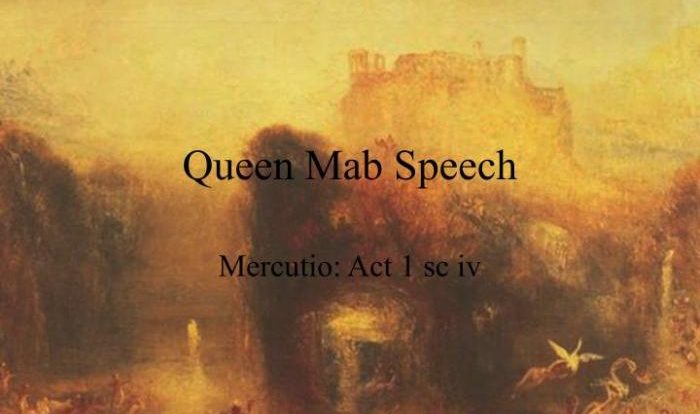Exploring the aridity definition to kill a mockingbird, this analysis delves into the significance of the barren landscape in Harper Lee’s classic novel. The arid setting of Maycomb, Alabama, serves as a potent symbol, reflecting the emotional and moral challenges faced by its characters.
The drought and heat permeating the novel shape the daily lives and relationships of the community, exacerbating tensions and highlighting the harsh realities of the American South during the 1930s.
Definition of Aridity
Aridity refers to the dryness or lack of moisture in a particular region or environment. It is characterized by low precipitation, high evaporation rates, and low humidity.
Factors contributing to aridity include:
- Precipitation:Arid regions receive very little rainfall or snowfall, typically less than 250 millimeters (10 inches) per year.
- Evaporation:High temperatures and low humidity cause water to evaporate rapidly from the ground and water bodies.
- Humidity:Arid regions have low relative humidity, meaning the air contains very little water vapor.
Aridity in “To Kill a Mockingbird”

The novel “To Kill a Mockingbird” is set in the arid town of Maycomb, Alabama, during the 1930s. The drought and heat have a profound impact on the characters and events of the novel:
- The dry weather creates a sense of isolation and claustrophobia, exacerbating the racial tensions within the community.
- The drought leads to crop failures and economic hardship, putting a strain on families and relationships.
- The heat and humidity make it difficult for people to work and socialize, further isolating them.
Symbolism of Aridity

The aridity in “To Kill a Mockingbird” is symbolic of the moral and emotional barrenness that pervades the community.
- The dry landscape reflects the lack of empathy and understanding among the townspeople.
- The drought represents the moral decay and injustice that have taken hold in Maycomb.
- The heat and humidity symbolize the oppressive atmosphere of prejudice and racism.
Character Development in an Arid Setting: Aridity Definition To Kill A Mockingbird
The arid environment of Maycomb shapes the development of Scout, Jem, and Atticus Finch:
- Scout:The harsh conditions force Scout to become independent and resourceful.
- Jem:The drought and heat test Jem’s patience and compassion.
- Atticus:The aridity reflects Atticus’s stoicism and determination to fight for justice.
Historical Context of Aridity

The aridity in “To Kill a Mockingbird” reflects the realities of the American South during the 1930s, when the Dust Bowl caused widespread drought and economic hardship.
- Harper Lee’s portrayal of aridity highlights the social and economic consequences of environmental degradation.
- The novel serves as a reminder of the importance of addressing environmental issues and promoting sustainability.
FAQ Compilation
What is the significance of aridity in “To Kill a Mockingbird”?
Aridity in the novel symbolizes isolation, prejudice, and the moral challenges faced by the characters, reflecting the harsh realities of the American South during the 1930s.
How does the arid setting affect the characters in the novel?
The drought and heat exacerbate tensions, shape daily lives, and highlight the emotional desolation and moral dilemmas confronting the characters.
What is the historical context of aridity in the novel?
The aridity reflects the Dust Bowl and its social and economic consequences, providing a backdrop for the novel’s exploration of prejudice and injustice.



